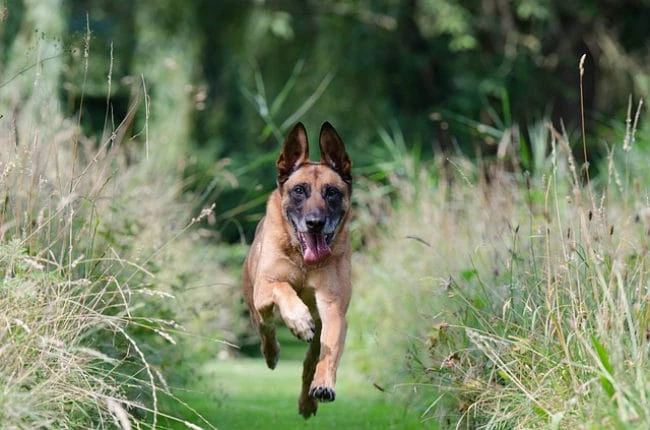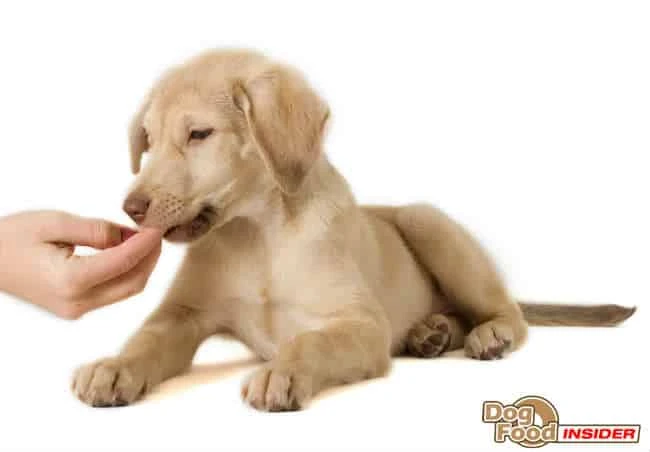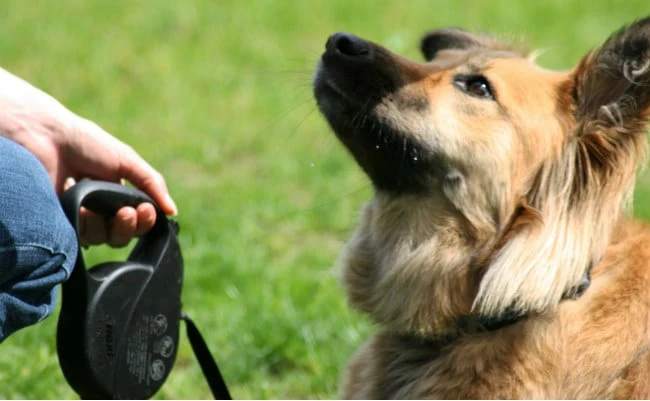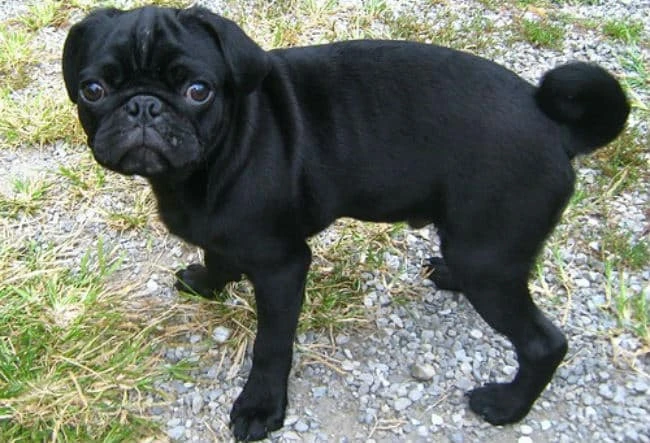Dog Separation Anxiety, How to Train a Puppy, Separation Anxiety in Dogs
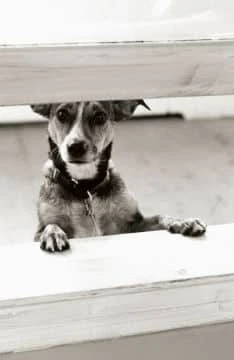
Dog Separation Anxiety.

In this section you will learn how to cure a very common symptom associated with dog separation anxiety with our free training tips, tools, techniques and methods.
A common problem associated with puppy separation anxiety and canine separation anxiety is when your dog or puppy gets over excited when you return home from being out.
In this section you will learn how to train a puppy to relax, and stop your puppy or dog from jumping up or showing over excited puppy behavior that may result in accidents to you or your family.
We don’t normally boast as a website, but readers have informed us that we have provided the most complete information on separation anxiety in dogs currently available on the web.
Although this page focuses on excited dog or puppy behavior.
If you want to cure more common problems linked to this anxiety problem, such as:
- Dog Whining
- Destructive Behavior
- Digging
- Dog chewing
- Loss of appetite
- Accidents around the House
- Salivation (Excessive)
- Vomiting
- Crying
- Excessive Barking and Whining
Then you will need to visit the below pages.
-
- An introduction and how to spot dog separation anxiety
-
- How to stop dog barking linked with separation anxiety in dogs.

Dog Separation Anxiety – Excited dog or Puppy Behavior
Canine separation anxiety and the excitement a puppy gets when you return home is a very common problem.
Some dogs and puppies show their excitement in different ways – some run around the House or jump up and others may demand to be picked up, grab their favorite toy or start chasing their tail.
Assuming that you have checked your dog or puppy’s health is ok with the vet – this dog or puppy behavior may start to become either annoying or if you own a large dog even dangerous.
Don’t assume that a young dog has puppy separation anxiety – just because he gets excited when you come home (and always check with your vet first.)
A relaxed dog or puppy should allow you to pick him up and expose his belly but on a practical level it will make it much easier for your vet to examine a relaxed dog or puppy.
Your dog groomer will thank you and your dog or puppy will thank you as he will feel much happier being relaxed and more in control of his behavior.
Ok so lets get started and train your puppy to chill out and cure this very common problem associated with dog separation anxiety and puppy separation anxiety that is often overlooked as normal dog or puppy behavior.
Dog Separation Anxiety.
A step by step guide to training your dog or puppy to relax
-
- You need to start the relaxation training in a quiet area of the House where their will be no interruptions or distractions.
-
- You need to be nice and calm – don’t start the obedience training if you have just had an argument with your husband or wife as this will only make the dog separation anxiety or puppy separation anxiety worst.
-
- Do not assume that you can just flip your dog or puppy over on to his back and stroke his belly – you need to work up to this slowly.
-
- You should take into consideration the breed of your dog as Hounds do find lying on their back uncomfortable and difficult due to their build – they find it much easier to be on their side.
- Don’t be overzealous when you stroke or tickle your dog – your aim is to relax him to sleep not to make him uncomfortable.
Ok so lets get started…its time to relax your dog or puppy.
-
- For a smaller breed of dog that is suffering from over excitement which as mentioned could be a side effect of dog separation anxiety or puppy separation anxiety.You should sit yourself in a chair and with your dog on your lap.Then gently lift his forepaws and gently draw your dog back until he is resting against your chest.
Your arms/hands should be under your dog’s front paws with half of your dog’s body resting on your stomach and the other half on your knees.
- If you have a larger breed of dog who is anxious – sit yourself in a chair and lean forward.Lets say that you own an Alsatian place your dog between your legs and gently pull your dog up into the begging position.When your dog starts to relax, give him lots of praise – if he is still tense lower his front legs back down but keep hold of your dog until he starts to relax.
- Try the belly up position – this is quite a vulnerable position for your dog so take your time. Firstly get rid of the chair and sit on the floor with your legs stretched out.Cradle your dog between your legs so that he is supported from each side with a leg and his head on your chest.Keep your hands under his fore paws and cradle him gently – keep talking to your dog in a very calm and relaxed tone until you decide to release him.
- This is a great dog training technique and really useful method that you can use to calm an over excited dog or puppy.Sit yourself in a chair with a leash attached to your dog’s collar – now ask your dog to lie down – you can learn this training command in our section on basic dog training.
After your dog is lying down at your feet place your foot on the leash near to the collar – this will stop your dog from being able to get up and will actually force him to relax.
- For a smaller breed of dog that is suffering from over excitement which as mentioned could be a side effect of dog separation anxiety or puppy separation anxiety.You should sit yourself in a chair and with your dog on your lap.Then gently lift his forepaws and gently draw your dog back until he is resting against your chest.
- By constantly reinforcing your place as the pack leader and alpha male this will encourage your dog or puppy to be more relaxed in your presence.
Always be fair and consistent with your puppy or dog training techniques and methods and your dog or puppy will learn to respect you and relax naturally.
Dog Separation Anxiety.
Learn how to stop your dog or puppy jumping up.
-
-
- Lots of exercise can really reduce the amount that your dog or puppy jumps up.
- When you enter the room rather than saying ‘off’ or ‘down’ when your dog jumps up – use your ‘sit’ command. Don’t wave your hands around or raise your voice as this may excite your dog.
- After your dog has assumed the ‘sit’ position give your dog a reward – you dog or puppy should understand that sit means sit.
- If your dog is jumping up when he is about to go for a walk ask him to sit and place one foot on the dog leash.
- If your dog is getting really excited when you return home after being out – rather than greeting him completely ignore him for 15 minutes.Don’t give him any eye contact or even pet him – after he has calmed down you can acknowledge him but be matter of fact – a simple ‘hello’ will do.
-
-
-
- When your dog has calmed down ask him to sit and go down to his level and praise his obedience – you could even give him a treat.
-
Complete everything in this section on dog separation anxiety and puppy separation anxiety and you will have a dog or puppy that is happier, more relaxed and your relationship will grow and mature.
Go from here back to dog separation anxiety or back to dog obedience training home-page
